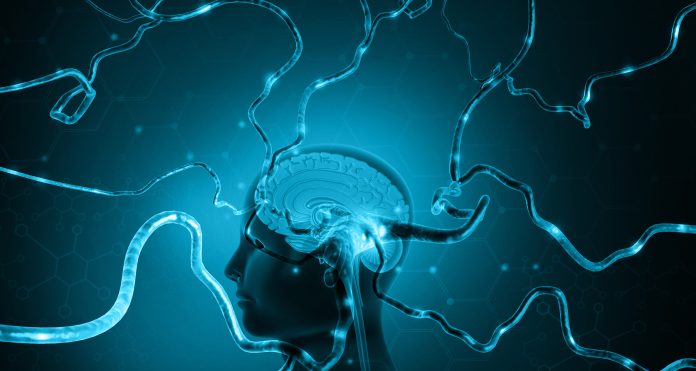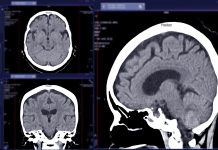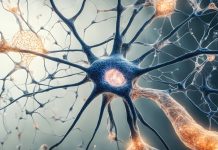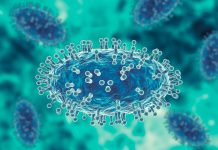A new study by researchers at Ruhr University Bochum and Philipps-Universität Marburg has explored how deep brain stimulation positively impacts patients with Parkinson’s disease
Parkinson’s disease is a condition that causes parts of the brain to become progressively damaged over many years. The main symptoms include involuntary shaking of specific parts of the body (tremors), slow movement, and stiff and inflexible muscles. Deep brain stimulation has offered hope to people with Parkinson’s disease, with research showing it is effective in improving motor symptoms such as tremors, slowness of movement, rigidity, and dyskinesia.
Researchers investigated whether and how deep brain stimulation of a specific region can positively impact ambulatory ability, thereby enhancing patients’ quality of life.
Overcoming mobility restrictions with deep brain stimulation
When medication is no longer effective at alleviating restricted mobility, deep brain stimulation may be offered. An electrical pulse emitter is implanted within the brain, specifically in the subthalamic nucleus, which is a functional part of the basal ganglia system.
The research team, led by Dr Liana Melo-Thomas from Philipps-Universität Marburg, demonstrated in previous studies on rats that deep brain stimulation of the inferior colliculus, primarily known for processing auditory input, could be used to overcome mobility restrictions. “There are indications that stimulation of this region of the brain leads to activation of the mesencephalic locomotor region, or MLR,” said Melo-Thomas.
Interestingly, the colliculus inferior, unlike the basal ganglia, is not affected by Parkinson’s disease. However, the research group under Melo-Thomas discovered that its stimulation activates alternative motor pathways and can improve patients’ mobility.
The current study aimed to investigate further the activating influence of the inferior colliculus on the MLR. “We suspected that this would have a positive effect on ambulatory ability,” added Melo-Thomas.
Optically influencing nerve cells
Researchers led by Professor Rainer Schwarting sought support from Dr. Wolfgang Kruse from the Department of General Zoology and Neurobiology at Ruhr University Bochum to develop methods in optogenetics.
The researchers ensured that the nerve cells of genetically modified test animals produce a light-sensitive protein in interesting regions of the brain. The light that reaches these nerve cells via small, implanted optical fibres allows the researchers to activate or inhibit them specifically. “This method is thus much more precise than electrical stimulation, which always affects the area around the cells as well,” said Kruse.
For the first time, the effect of the deep brain stimulation was directly documented with electrophysiological measurements of neuronal activity in the target structures. A multi-electrode system, initially developed at Philipps-Universität Marburg, was used for this purpose. By combining these methods, the researchers were able to understand the effect of the stimulation directly.
Parallel measurement with up to four electrodes is also highly efficient, allowing minimisation of the number of animals used. Behavioural effects triggered by the stimulation were monitored in conscious animals.
Stimulation of the inferior colliculus provides a positive effect
Optogenetic stimulation in the inferior colliculus predominantly triggered the expected increase in neuronal activity within it. “Simultaneous measurements in the deeper MLR region showed increased activity in the majority of cells, although nearly one-quarter of the cells were inhibited by the additional activity in the inferior colliculus,” reported Kruse. The activation of individual nerve cells occurred with an average delay of 4.7 milliseconds, indicating a functional synaptic interconnection between the inferior colliculus and MLR.
In the search for new treatments to target mobility in Parkinson’s disease, investigating circuits outside of the basal ganglia could be the answer.
“Even if the path toward new therapeutic approaches to alleviating the symptoms of Parkinson’s disease still appears long, such foundational research is fundamental,” emphasised Kruse. The exact mechanisms underlying the observed relief of symptoms with deep brain stimulation in the basal ganglia are not fully understood. Further investigation of the underlying interconnections may provide new insight that could optimise therapy in the long term.








